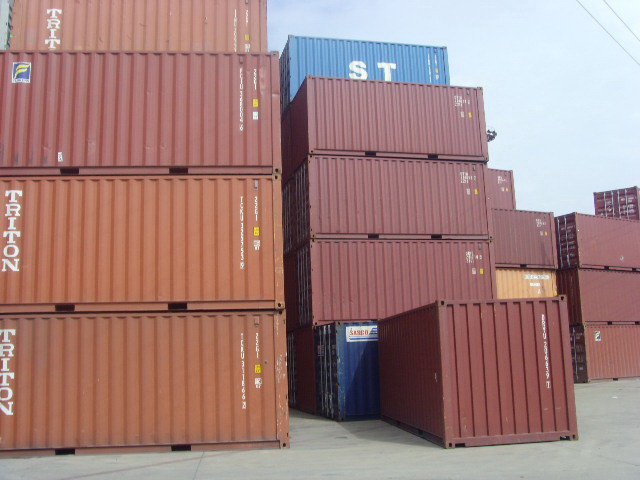Containers, an important tool in modern logistics industry, are not only used to load goods, but also cleverly used to build hotels, houses, and even villas, providing people with a unique living experience. But whether it's goods or construction, the handover process of containers is crucial. Understanding the handover methods is essential to ensure the smooth progress of transportation or construction. So, what are the methods of container handover?

Container freight is mainly divided into two types: full container load (FCL) and consolidated container load (LCL). There are significant differences in the handover methods between these two types. According to international practice, there are four main methods for container handover:
FCL/FCL: In this method, the shipper hands over a full container of goods to the carrier at the point of shipment, while the consignee receives the same full container at the destination. This means that the carrier is responsible for the handover of goods on a full container basis. From loading to unloading, the packing and unpacking of goods are the responsibility of the shipper.
LCL/LCL: When the cargo being checked by the shipper is less than a full container, they hand over these small parcels of goods to the carrier at the container freight station or inland transfer station. The carrier is responsible for consolidating and packing these goods, and unpacking them at the destination cargo station or inland transfer station, and then each consignee receives the goods with proof of receipt. The process of packing and unpacking is the responsibility of the carrier.
FCL/LCL: In this method, the shipper hands over a full container of goods to the carrier at the point of shipment. After arriving at the destination, the carrier is responsible for unpacking at the container freight station or inland transfer station, and then each consignee receives the goods with proof of receipt.
LCL/FCL: In this method, the shipper hands over small consignments of less than full container load to the carrier at a container freight station or inland transfer station. The carrier classifies and adjusts these goods, and consolidates the goods of the same consignee into a full container. After arriving at the destination, the carrier delivers the goods in full containers, while the consignee receives them in full containers.
Among these four handover methods, FCL (Full Container Load) and FCL (Full Container Load) are undoubtedly the most ideal methods, as they can best leverage the advantages of container transportation. This method ensures the integrity of the container throughout the entire transportation process, reduces the process of unpacking and repackaging, thereby improving transportation efficiency and reducing the risk of damage.
